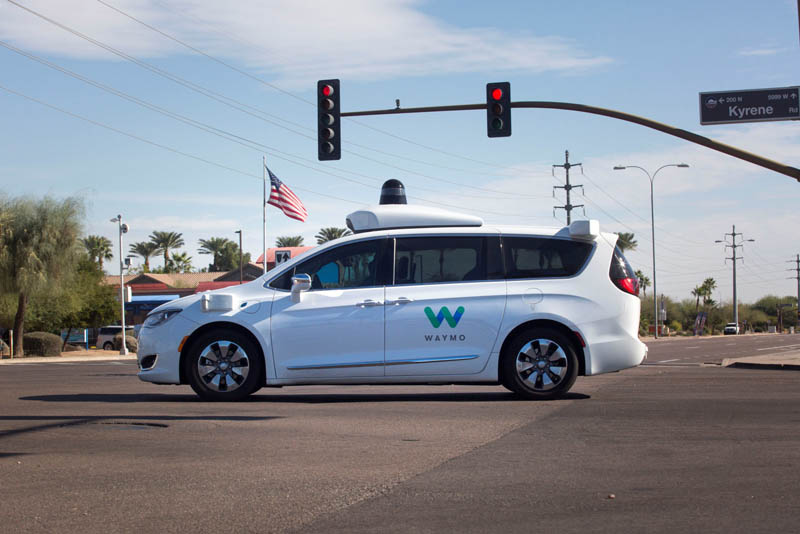In response to worsening traffic congestion, San Francisco has announced the temporary suspension of autonomous taxi services from Waymo and Cruise. The sudden move comes just days after California regulators permitted the two companies to operate robotaxis in the city 24/7.
California Greenlights Self-Driving Cars As Waymo and Cruise Get Approval for Fared Rides
The proposal to halt Waymo and Cruise’s self-driving taxis came from San Francisco City Attorney Dennis Herrera. In a letter, Herrera cited “significant negative impacts” from the recent expansion of driverless operations in the city.
The final decision rests with the California Public Utilities Commission, who initially granted the green light. But San Francisco’s outcry underscores growing tensions around the swarm of autonomous vehicles being tested on public roads.

According to reports, at least 10 traffic incidents have occurred involving self-driving Cruise and Waymo vehicles since last week’s approval. The episodes ranged from causing congestion to a Cruise robotaxi colliding with uncured concrete in a construction area.
In his appeal to regulators, City Attorney Dennis Herrera wrote: “San Francisco is suffering significant negative impacts due to the expansion of autonomous vehicle operations. The full-scale deployment of self-driving services poses more potential harm to San Francisco.”
Waymo expressed support for the CPUC’s ultimate decision in the matter, but said it will keep collaborating with San Francisco to safely serve residents.
However, Cruise decried the city’s proposal as unfairly limiting access to a safe technology for thousands of locals. Cruise believes there’s no reason to restrict driverless services with a proven track record.
The CPUC now faces a complex decision, balancing the concerns of San Francisco officials and residents with the autonomy of private companies to test new technologies. Restricting Cruise and Waymo too much could stifle innovation.
But the recent rise in congestion and collisions reveals the growing pains of unleashing self-driving cars amid imperfect conditions. While autonomous technology holds promise, it may not be ready for wide-scale, unrestricted deployment on crowded urban streets.
This debate will likely spread as more cities experience the real-world impacts of robotaxis. For now, Cruise and Waymo’s futures remain uncertain in San Francisco. But the regulatory lessons learned here will shape autonomous vehicle rollouts far beyond the city limits.
Related Posts:
Volkswagen Autonomous Driving ID.Buzz AD Ready to Cruise Public Roads
Tesla Recruiting Local Team to Accelerate FSD Launch in China
BMW China Team Hits the Gas on Localizing L3 Autonomous driving in China
